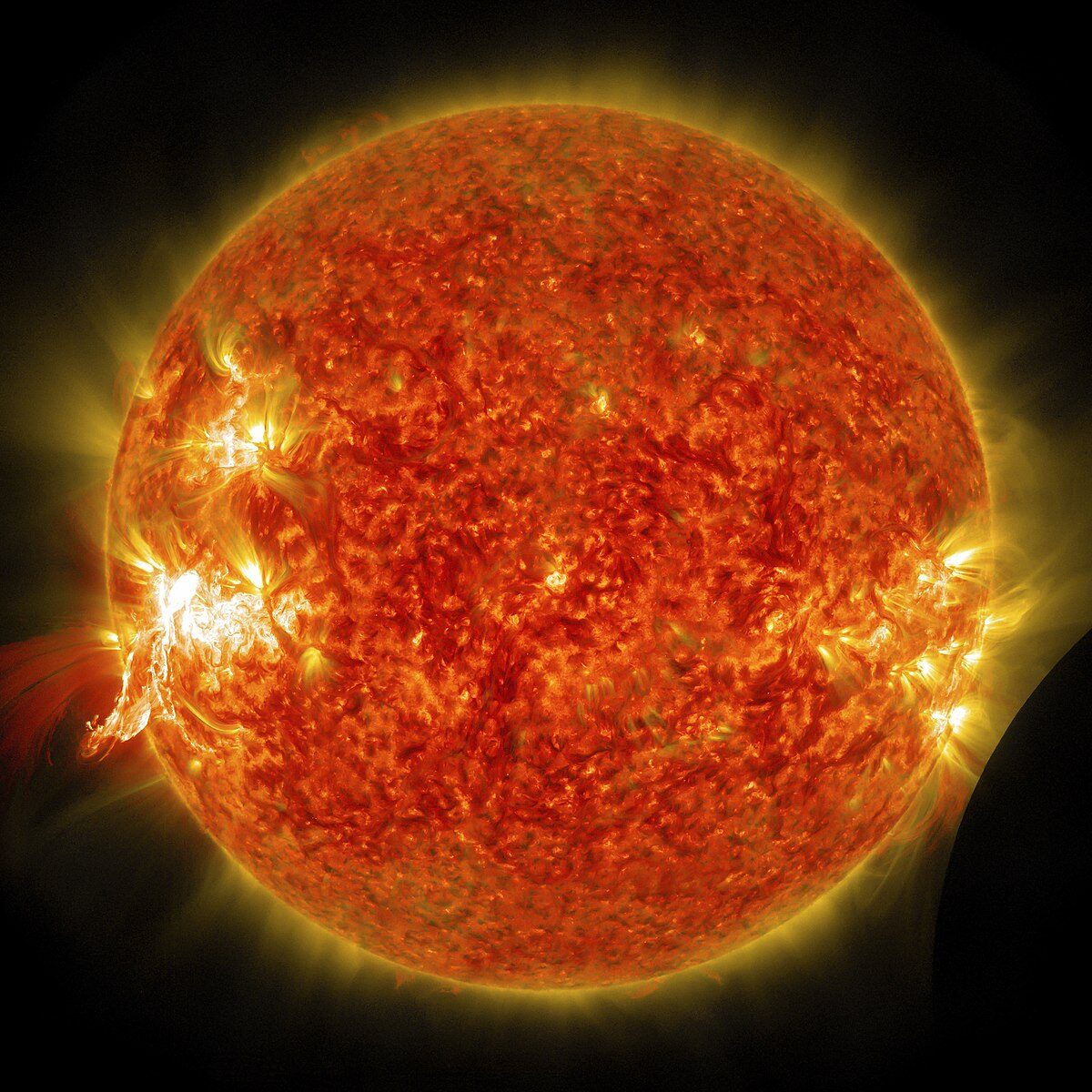
In the latest nuclear news round, the mini sun experiment at the Lawrence Livermore National Laboratory California gave back slightly more energy than was directly put in, which seems very exciting, but systemic total costs and energy used to "make this moment" happen are in a Supernova category all by themselves.
UPDATE: Just after publishing this blog post, news came out of a newer experiment just ten days ago:Art Berman gives us a summary of Javier Blas's description on the fusion "breakthrough".
The US's National Ignition Facility (NIF) has announced it successfully used a 192-beam laser to turn a tiny amount of hydrogen into enough energy to power about 15 - 20 kettles. This means that - for the first time - scientists were able to generate more power than the lasers put in to the experiment. — BBC
On Dec. 5, 2022, the National Ignition Facility shot a pellet of fuel with 2 million joules of laser energy - about the amount of power it takes to run a hair dryer for 15 minutes - all contained within a few billionths of a second. This triggered a fusion reaction that released 3 million joules. That is a gain of about 1.5, smashing the previous record of a gain of 0.7 achieved by the facility in August 2021. — The Conversation
The newer numbers are slightly better than the ones released last week. This is the same lab. The energy gain appears to have improved from 20% to 50%.
1. Experiment lasted a fraction of a second.David Whitehouse, NetZeroWatch is similarly skeptical:
2. It released 2.5 MJ [now 3.15 MJ] vs 2.1 MJ of energy [in]. But the lasers consume ~330 MJ to charge.
3. Lasers can only fire once a day.
" It's become something of a bad joke amongst the science community that fusion is always decades away. "A few magnitudes of inefficiencies to go:
The announcement itself is a puzzle and had the feeling of being some much needed good news to announce. In reality although the experiments referred to took place a few months ago the "breakthrough" results were reported a year ago with the major advance being published in the Journal Nature in 2014. By one analysis 2.05 MJ of energy pumped into the pellet produced 3.15 MJ of energy. This does not include the 322 MJ needed to run the 192 lasers. So the story wasn't a real breakthrough, just an advance. In any commercial development of this laser technique millions of fuel pellets would be needed for each reactor a year. At present they are tailor-made and cost almost $1 million each.
Javier Blas, the Energy and commodities columnist at Bloomberg, puts some details on just how many more years work may be required here:
If confirmed, the breakthrough is quite important, putting the world into the realms of "fusion ignition", and perhaps in the future into a sustained and controlled fusion reaction. Sustained is a key word there. The current experiment lasted a fraction of a second.So the good news for countries with thermal coal reserves is they still have a few decades to dig it all up and burn it while it's worth something.
There a few extra caveats. [Like] what net energy means? The lasers used by the Lawrence Livermore laboratory are extremely inefficient, so although the experiment produced net energy compared to what the laser delivered, the lasers consumed a LOT more before to charge. The experiment released 2.5 megajoules vs 2.1 MJ of laser energy. But due to inefficiencies, the lasers consume ~330 MJ to charge, with the energy stored in 3,840 high-voltage capacitors for 60 seconds before being released in a 400-microsecond burst. See "Energizing the Lazers".
Even by those caveats, the experiment is a massive scientific breakthrough — but don't think you are about to enjoy free and clean energy tomorrow. Or next year. Or in 20 years or, perhaps, even 50 years. Commerciality is far, far away. If ever.
Many obstacles remain. One example, the current lasers used in the experiment can fire, at best, only **once a day**. For commerciality, they will need to fire several times **per second**.
As commenter RickWill says: They spent $3.5 billion to produce the heating power of 10 grams of coal
(Again, last weeks numbers)
They have spent USD3.5bn on the reactor to get a gain of 0.4MJ. Enough to vaporise 100 grams of water. Or equivalent to 10 grams of coal. Baby steps comes to mind. Power was impressive though. It appears the laser is rated at 1PW. Civilisation's entire electrical generation averages 0.003PW. So the laser would not need to fire often to get a decent power output. But then it only produced a gain [of] 20%. So it would need 5 times the internal generation to that sent out.h/t to John Connor II, DD and Bill in AZ, and RickWill.
I guess they say that these reactions can make big gains once the conditions are right but USD3.5bn to produce what you get out of half a cents worth of coal suggests it is still a big mountain to climb. Maybe within 30 years. Just as the last of the die-hard CO2 demonisers shuffle off.



Such old school thinking, resulting in a huge waste of money spent in trying to domesticate an idiotic notion.
I believe in the Electric Universe and as such, its the environment which has more of an influence than the object within it.